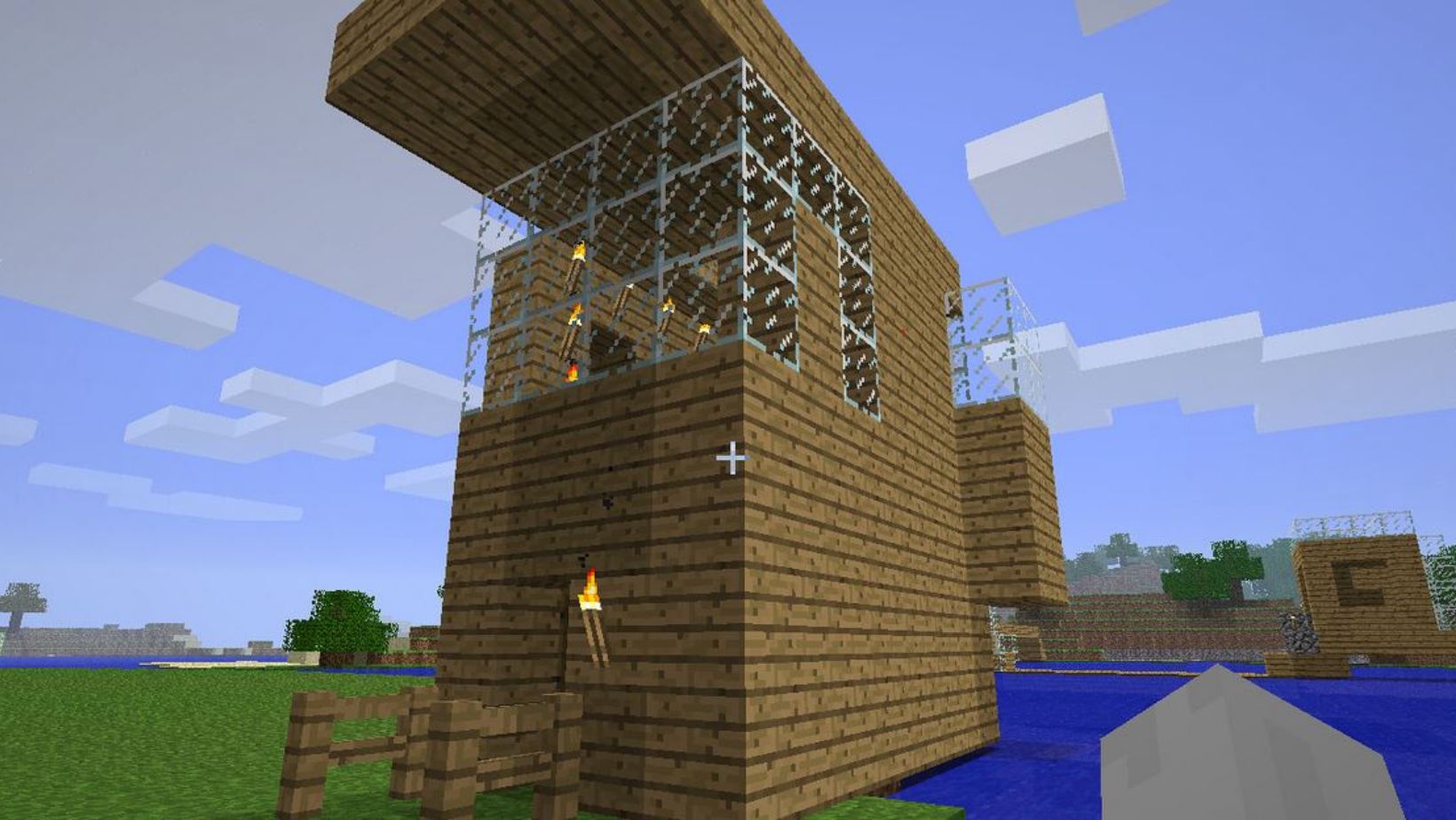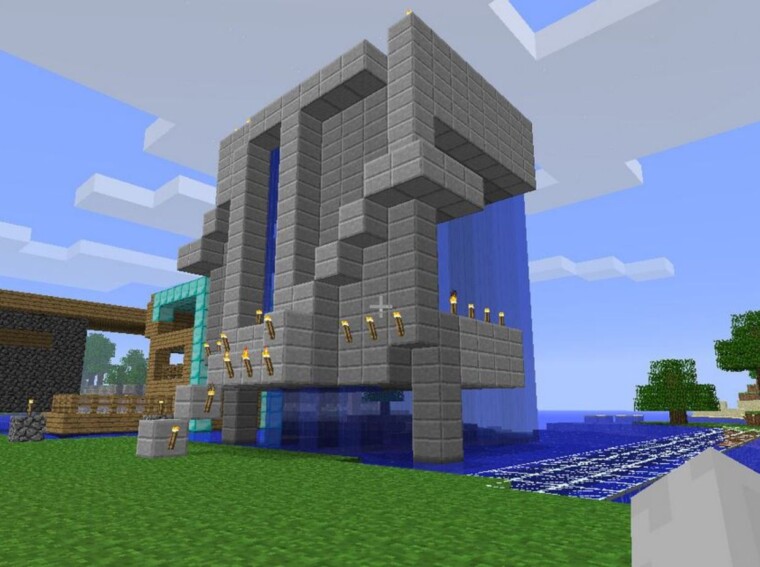How to Get Rid of Water in Minecraft
Are you tired of dealing with unwanted water in your Minecraft world? Well, you’re not alone! Many players have struggled with this issue, but fear not, because I’ve got some helpful tips to share. In this article, I’ll guide you through various methods to get rid of water in Minecraft and restore your virtual landscape to its dry and blocky glory.
One simple way to remove water is by using a bucket. If you come across an area filled with unwanted H2O, grab a bucket and start scooping it up. You can then dump the water elsewhere or collect it for later use. Just remember that buckets can only hold one source block of water at a time, so be prepared for some repetitive tasks if you’re dealing with larger bodies of water.
For those looking for a more efficient solution, consider using sponges. These handy blocks have the power to soak up large amounts of water in an instant. Simply place them in the vicinity of the aquatic problem and watch as they absorb all the surrounding moisture.
Identifying Sources of Water in Your Minecraft World
In the vast and immersive world of Minecraft, water plays a crucial role in shaping the landscape and providing essential resources for survival. Understanding where water sources can be found is key to harnessing their power and utilizing them to your advantage.
- Surface Lakes and Ponds: One of the most common sources of water is surface lakes and ponds. These bodies of water can be easily spotted as you explore your world, often appearing as large open areas filled with shimmering blue liquid. They are usually surrounded by grass or sand, making them visually distinct from their surroundings.
- Rivers and Streams: As you traverse through your Minecraft world, you may come across rivers and streams meandering through the terrain. These flowing bodies of water are excellent indicators that there is a nearby source from which they originate.
- Underground Springs: Water doesn’t always reveal itself on the surface; it can hide beneath layers of soil or rock formations within caves or mountainsides. Look out for signs such as dripping sounds or small pools forming underground when exploring these areas—these indications suggest the presence of an underground spring that can be tapped into for a steady supply of water.
- Rainfall: Nature has its way of replenishing Minecraft worlds with precipitation in the form of rainstorms. When rain falls from above, it creates temporary sources of water on flat surfaces like grassy plains or rooftops. Although these sources are not permanent unless collected quickly, rainfall serves as a reminder that there is potential for gathering water during storms.
- Melting Ice Blocks: In colder biomes such as snowy tundras or icy mountains, you’ll often find blocks of ice scattered around. These ice blocks can be broken and collected using a tool like a pickaxe, providing you with a renewable source of water that can be placed wherever needed.
By familiarizing yourself with these different sources, you’ll have a better understanding of where to search for water in your Minecraft world. Whether it’s surface lakes, underground springs, or even rainwater, each source has its own unique characteristics and advantages.

Building Effective Drainage Systems
When it comes to dealing with water in Minecraft, building effective drainage systems is crucial. Without proper planning and implementation, your structures can quickly become flooded, causing damage and frustration.
- Plan ahead: Before you start constructing your masterpiece, take the time to plan out the layout of your drainage system. Consider the terrain, nearby bodies of water, and any potential sources of flooding.
- Dig trenches: One of the simplest ways to control water flow is by digging trenches or channels around your builds. These trenches act as pathways for water to follow, leading it away from vulnerable areas.
- Use gravity: Utilizing gravity is key when designing an efficient drainage system. Constructing sloped channels or inclines can help guide water downwards towards lower points in the terrain or designated reservoirs where it can be safely stored or redirected elsewhere.
- Create reservoirs: Building dedicated reservoirs can serve as temporary storage for excess water during heavy rainfall or unexpected floods.
- Employ sponges and blocks: Sponges are incredibly useful tools for drying up unwanted pools of water within confined spaces like basements or tunnels. Simply place them near standing water, and they will gradually absorb it until completely dry.
Remember, building effective drainage systems requires careful consideration of both form and function within the Minecraft environment. By implementing these strategies into your builds, you’ll be able to protect your structures from water damage and maintain a dry and enjoyable gameplay experience.


